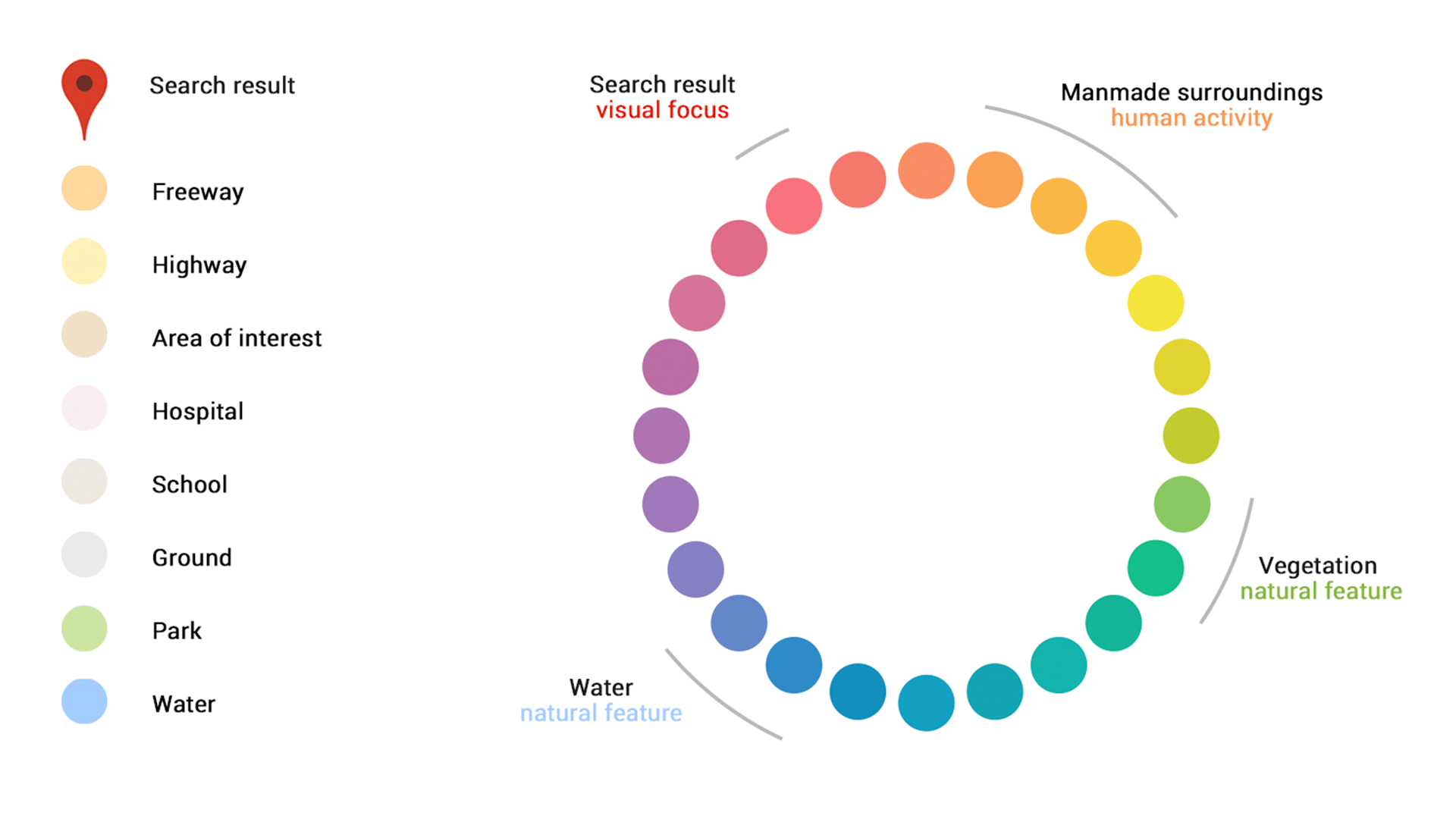-
 周百谅
Google
资深设计师
周百谅
Google
资深设计师
Google资深设计师,过去的7年一直在领导谷歌地图的设计工作,作品多次获得如德国IF, 日本Good Design等国际奖项。拥有德国设计师学位,和超过20项以上的美国和国际专利。
深入谷歌地图的设计:如何设计一个复杂系统
交互设计是以实现用户目标为首要目的,使用户生活更加便捷为最终目的。谷歌地图正是以此为出发点,是兼具人性关怀与审美高度的契合之作,将最高复杂度和多样性,变得顺畅、高效、易操作性。
谷歌地图可能是迄今为止尺度上最大的,涵盖的信息最为丰富的地理导航和搜索产品。到底谷歌是如何设计一个帮助全球10亿的用户的产品?通过设计让高度复杂的产品做减法;并创造一种高度统一的语言,为全球用户提供为他们所熟悉且又秉承谷歌地图一贯风格的用户体验。
在这次工作坊里,主讲人带领参会者了解谷歌地图定义设计方法和原则的过程,以及学习运用设计法则通过mini项目课程背景,实践动手制作地图产品。
其中工作坊具体学习到的内容包括:
1、深入了解谷歌地图的设计,地图的设计方法和原则
1.1 地图的设计细节 (数据,用户,地理信息的关系)
1.2 时间和交互维度上的信息流
1.3 设计产品和制造工具(标准地图,室内地图,导航地图,地图API等等)
2、地图设计法则总结
通过这次工作坊,参会者将掌握一套应对信息高度复杂和多样性产品的设计流程和理念,掌握地图设计细节与设计原则,并能在工作中增强对解决复杂系统产品的设计意识和实践经验。
1、破冰——参与工作坊的成员的自己介绍,分享自己设计中的挑战
2、根据参会者的兴趣关注点和痛点,整理思路
3、小组分组
4、理论讲解:谷歌地图的设计方法和原则
5、工作坊练习:每个小组做一个mini小项目,(可以是与地图相关的,也可以自己选题,主讲人也会提供几个备选题)
6、展示和讨论
7、各组展示自己的设计,相互评价和学习
1、交互设计师
2、视觉设计师
3、产品经理
4、产品设计师
5、用户体验设计师
1、了解谷歌地图设计语言迭代过程,以及设计方法和原则
2、学习在国际化设计框架下找到本土化设计突破点,保证体验高度统一
3、理解并掌握复杂系统的设计流程与整体设计架构,以及实施过程中的关键著力点
-
 谷歌地图日本-日本Good Design获奖
谷歌地图日本-日本Good Design获奖
-
 谷歌地图色彩系统定义
谷歌地图色彩系统定义
-
 谷歌地图设计语言的迭代
谷歌地图设计语言的迭代
-
 谷歌地图的风格演化
谷歌地图的风格演化












